Pumpkin is a heavy, orange vegetable that is packed with nutrients. The seeds, leaves, and liquids all have the same low calorie count and high nutrient density.
Pumpkin can be used in place of butter in a variety of dishes, including baked goods, soups, salads, and preserves.
Table of Contents
What is pumpkin?
Mature winter squash of the genus Cucurbita are commonly referred to as pumpkins in common usage. The botanical term for a pumpkin fruit is a pepo. Pumpkins are typically defined by their bright yellow to orange color, ribbed skin, and silky texture. There are other pumpkins that are white and green.
Incredibly huge pumpkins can weigh more than a tonne, while C. pepo pumpkins typically weigh between 3 and 8 kg.
Physical description of pumpkin:
Pumpkins, which grow on very long annual vines, are spaced between 2.5 and 3 metres (8 and 10 feet), either singly or in groups of two or three. Pumpkins are berries, or pepos, according to botany. They typically weigh around 9 to 18 pounds (4 to 8 kilograms), but there are certain species that are much smaller. C. maxima cultivars are capable of producing pumpkins that weigh 34 kg or more, with the largest pumpkins ever grown weighing in at over 907 kg. Pumpkins vary in colour from yellow to orange; their shape can be round, oblong, or oblate; and some even have a white rind. The skin is smooth and typically has shallow furrows or ribs. The stalk of the fruit is tough and woody, with ridges and sharp edges. The fruit ripens in the early fall and keeps for several months in a cool, dry spot where it won't freeze.
Varieties of pumpkin:
- Jack-o’-lantern: Jack-o'-lantern is a huge pumpkin that is typically carved.
- Pie pumpkins: Pumpkins for pies tend to be of a smaller, sweeter variety.
- Miniature: ornamental and edible in both form and size
- White: mostly for looks, but also edible.
- Giant: Pumpkins this size are typically cultivated for display and competition rather than for consumption.
Pumpkin is a rich source of beta carotene:
The antioxidant beta carotene is responsible for the brilliant orange colour of many vegetables and fruits. Any beta carotene you consume will be transformed into vitamin A by your body.
The following potential advantages may result from eating foods rich in beta carotene:
- Protecting against asthma and heart disease while lowering the likelihood of acquiring other types of cancer
- reduce the likelihood of developing age-related macular degeneration
- Consuming a diet higher in plant-based foods, such as pumpkin, has been linked in numerous studies to a lower risk of obesity and mortality. As an added bonus, it can aid in the prevention of diabetes and cardiovascular disease while also improving skin and hair quality, stamina, and BMI (BMI).
Uses of pumpkin during Hindu festivals:
In India, pumpkin is known as kaddu, and it is commonly utilised in the preparation of a savoury and tangy dish given at Hindu celebrations. Those who are fasting during religious Hindu festivals can still enjoy the spiritual and physical benefits of kaddu. Individuals who are on a restricted diet don't add onions and use very little salt.
Health benefits of pumpkin:
Improves vision
Consuming just one cup of pumpkin will provide you with two whole days' worth of vitamin A. Your vision will appreciate you if you do. The benefits of vitamin A on eye health and vision are most noticeable in dim lighting.
Reduces the risk of cancer
The vitamin A in pumpkins has many health benefits, but one of the biggest is that it may help prevent cancers including lung and prostate cancer. Using vitamin A supplements alone won't provide the same defence.
Calms the skin
The beta carotene in pumpkin acts as an antioxidant to delay skin ageing. Reduced inflammation has a calming effect on the skin and the rest of the body.
Improves sleep quality
Pumpkin seeds contain the amino acid tryptophan, a precursor to the feel-good neurotransmitter serotonin. Serotonin is important not just for mood, but also for sleep quality.
Improves digestive health
There are few calories and a lot of fibre in a pumpkin. This means you can enjoy their satiating effects without increasing your daily caloric intake. Pumpkin is a great option for a filling meal because of its high vitamin content. An increase in dietary fibre has been shown to improve digestive health, ensuring that what you eat is eliminated on a regular basis.
Boosts immune system
Pumpkins are a great way to boost your immune system because they contain vitamin C, vitamin E, iron, and folate. Increasing your intake of pumpkin can strengthen your immune system, making it more effective in fighting off infections and healing wounds.
Helps with Hypertension
The bright orange hue of a pumpkin is an indicator of its high potassium content. To successfully reduce blood pressure, this is essential. Pumpkin seeds, especially unsalted ones, are rich in plant sterols and minerals that can help increase "good" HDL cholesterol and lower blood pressure.
Best ways to eat pumpkin:
A large pumpkin spice coffee and a pumpkin muffin can't possibly be bad for you, considering all the health benefits pumpkins provide. Nonetheless, professionals advise caution. Avoiding baked foods or pumpkin flavouring is the greatest way to gain the health benefits of pumpkin. Roasted pumpkin, pumpkin puree, pumpkin hummus, and pumpkin soup are all healthier options.

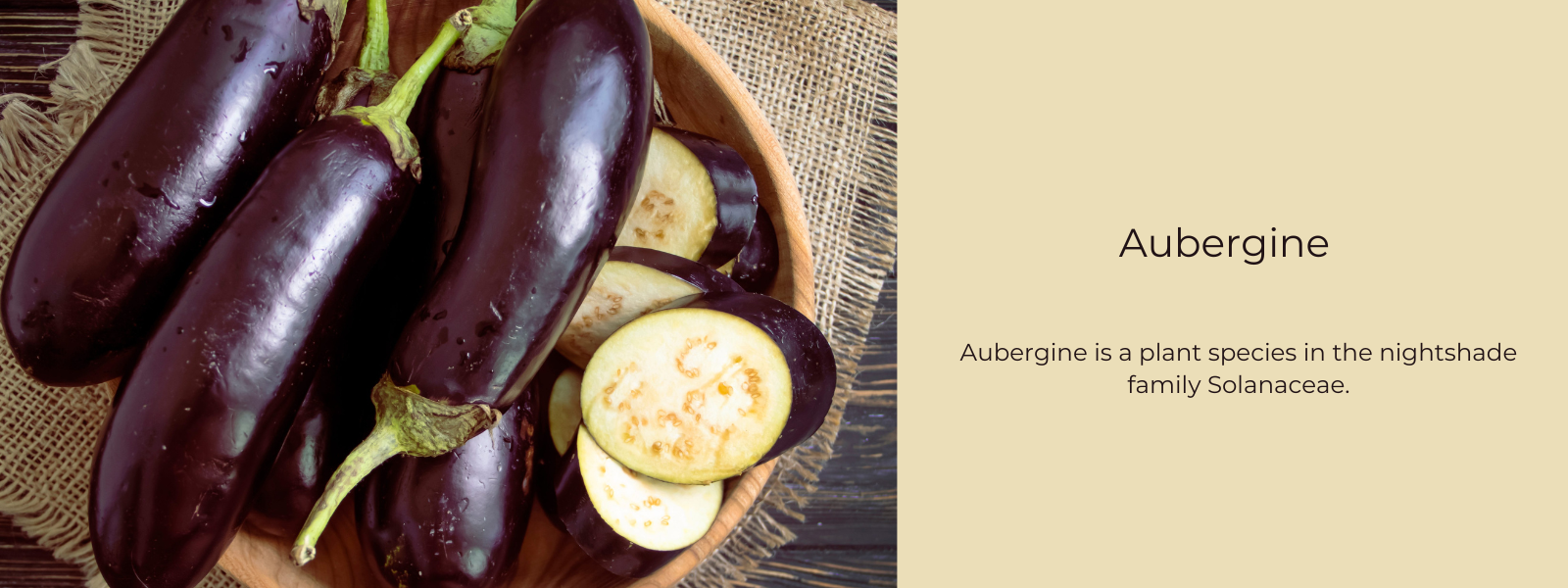
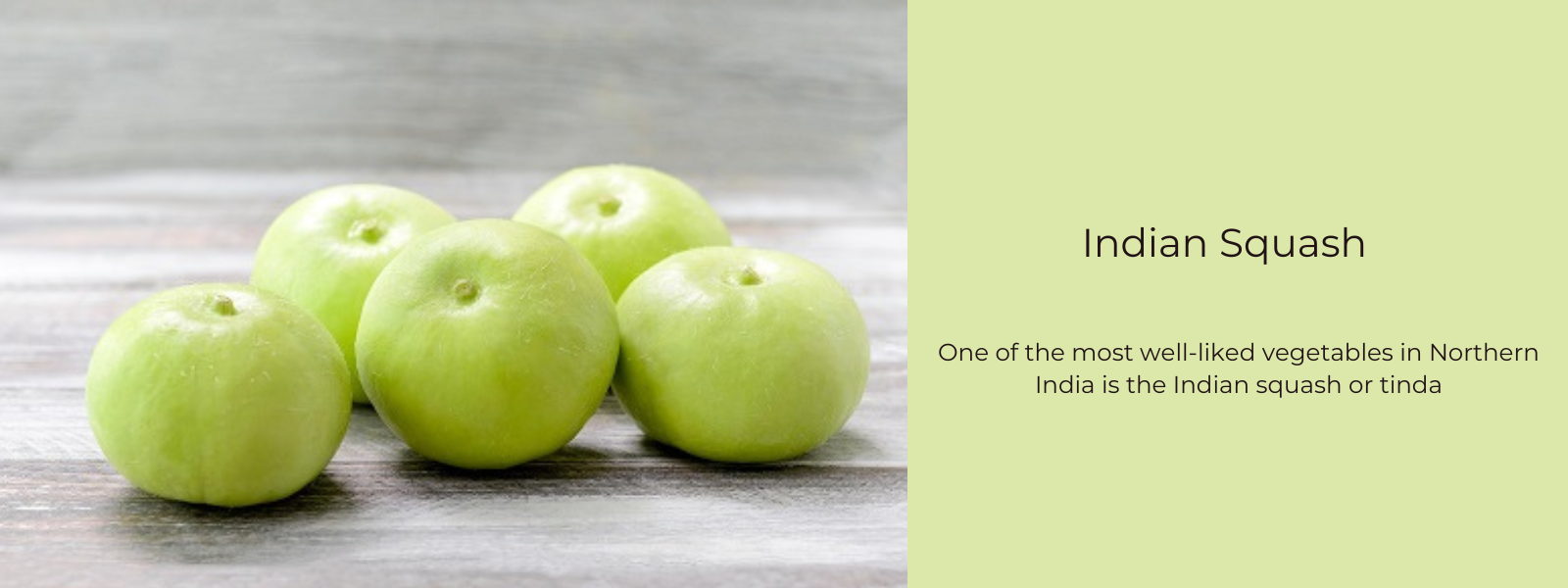
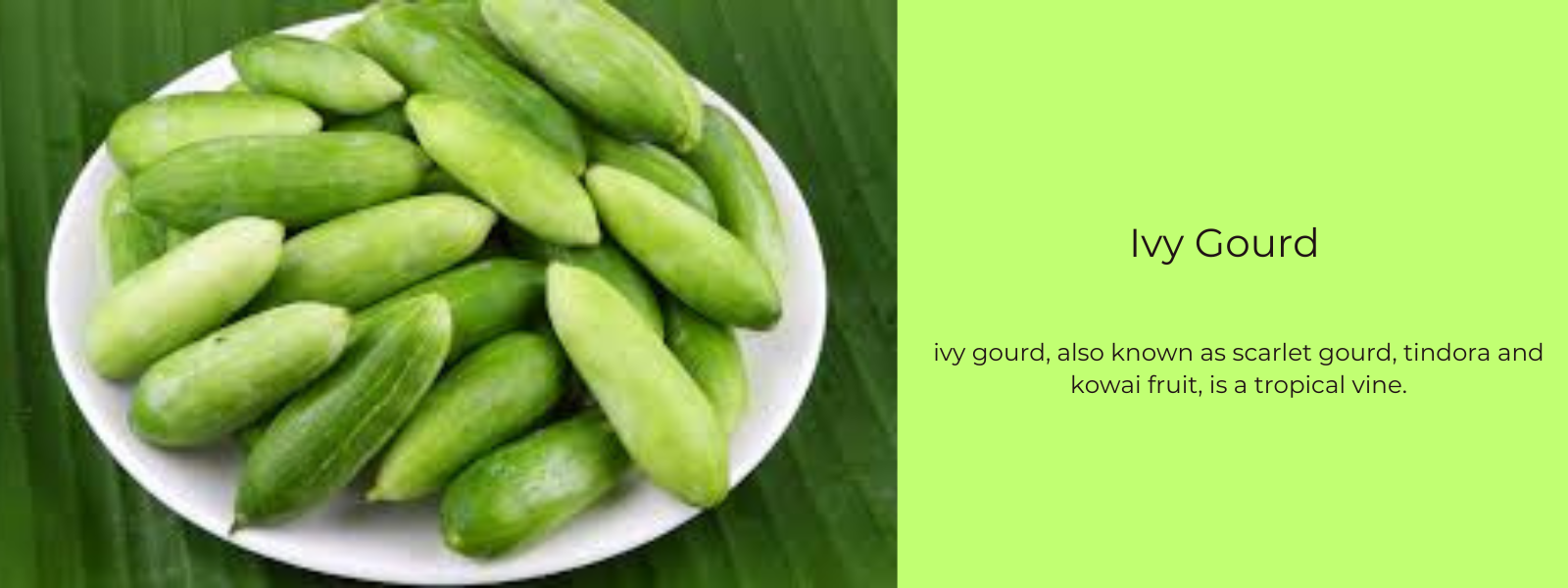
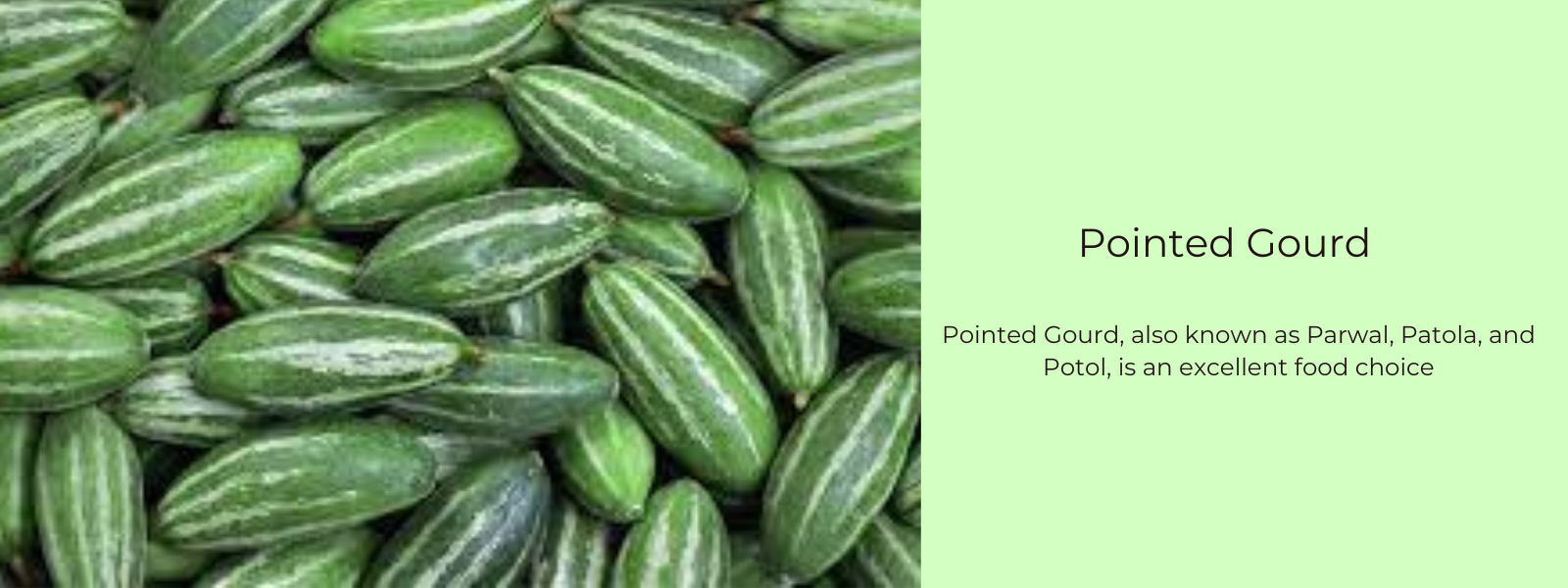
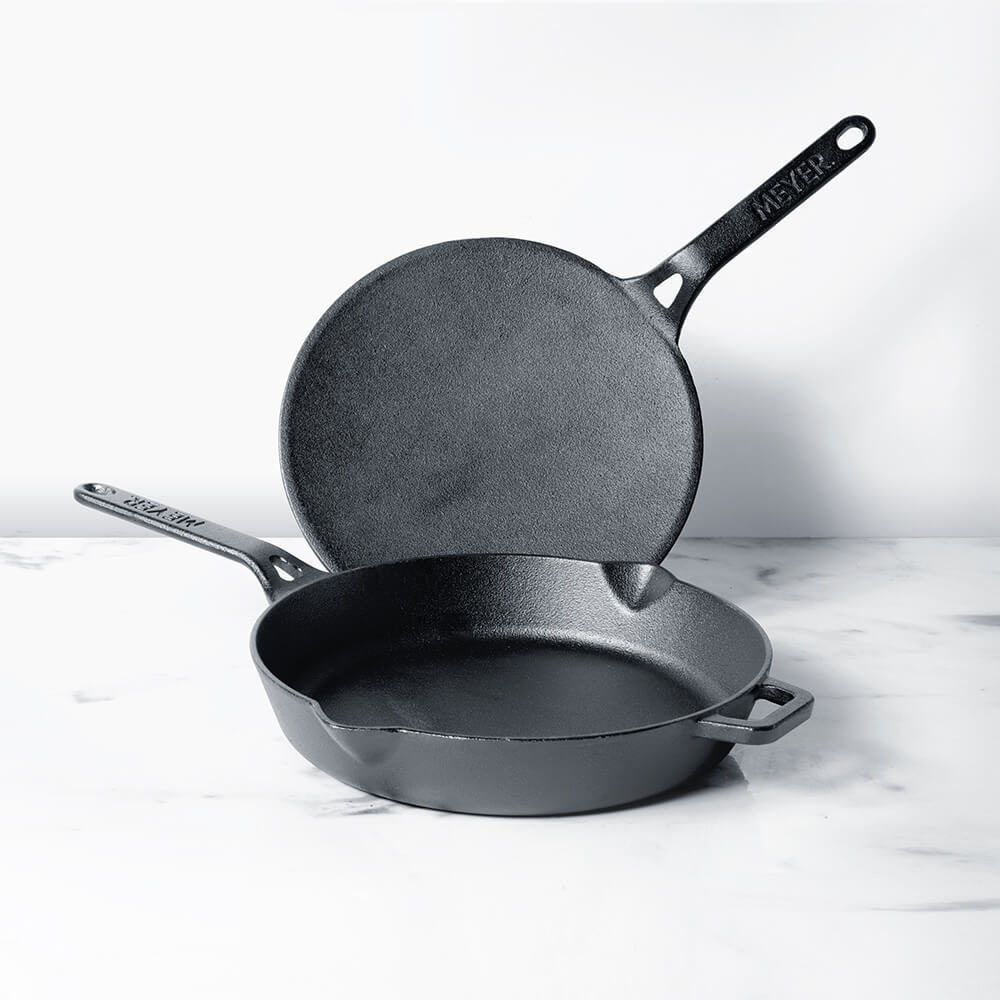
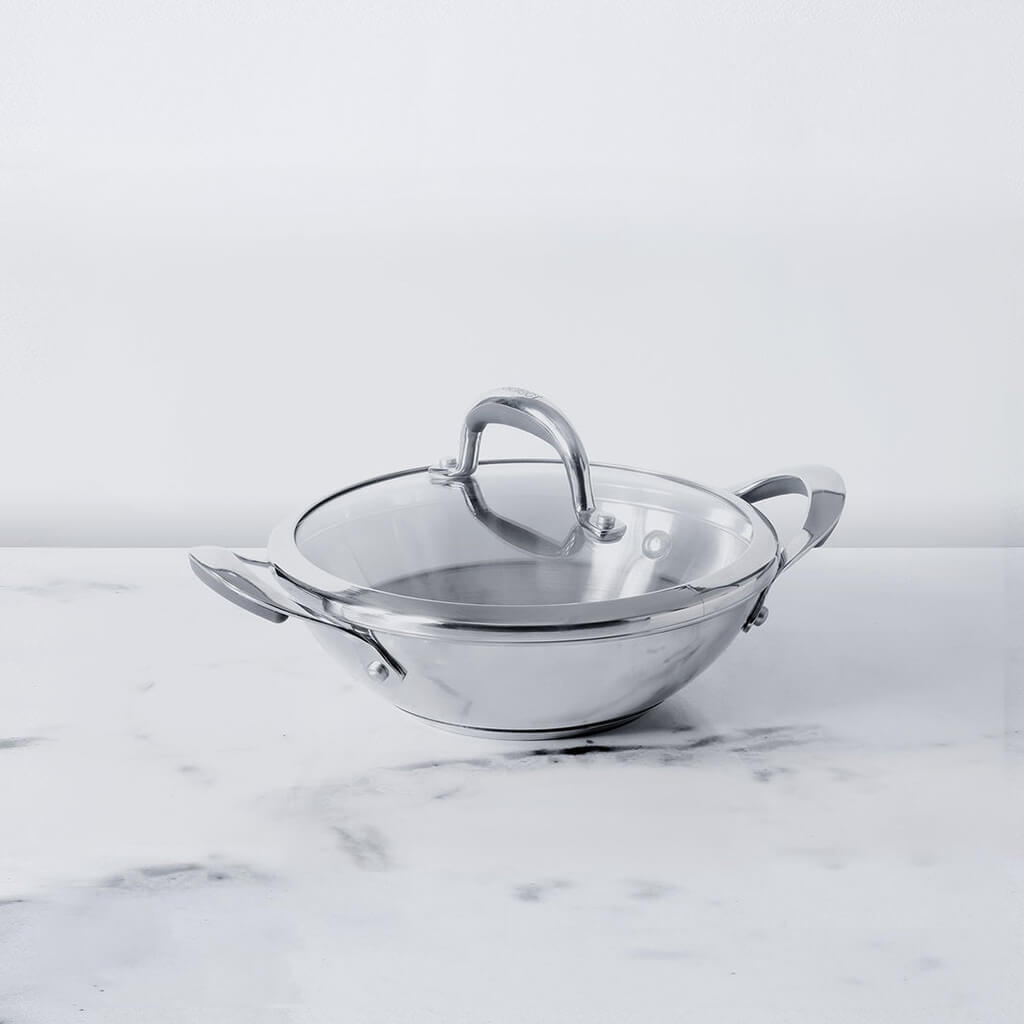




Leave a comment